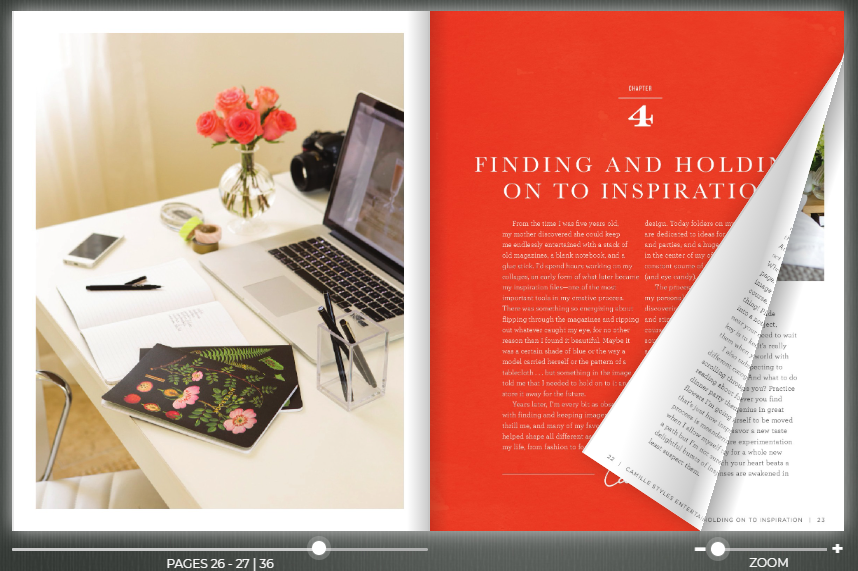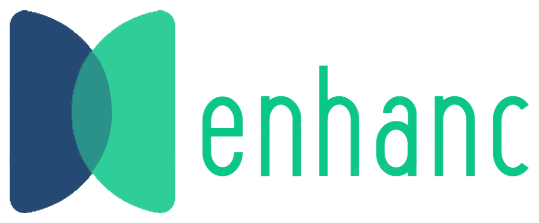The ultimate showdown between PDFs & digital flipbooks
In the digital age, choosing the right format to present your documents can make all the difference. If you are wondering whether to opt for a traditional PDF or a modern digital flipbook, this write-up is for you. We will explore both options in detail, providing you with the information you need to make an informed choice.
What is a PDF?
![]()
Portable Document Format, or PDF, has been a staple in the digital world since its creation by Adobe in 1993. PDFs are widely used for sharing and printing documents. PDFs are commonly used for eBooks, reports, manuals, and any document that needs to be shared or printed consistently.
What is a Digital Flipbook?

Introduction to Digital Flipbooks
Digital flipbooks are an innovative way to present digital content. Unlike traditional PDFs, flipbooks mimic the experience of reading a physical book or magazine. The pages “flip” as you move through the content, providing an interactive and engaging reading experience.
Features of Digital Flipbooks
Flipbooks offer numerous interactive features that set them apart from PDFs. These can include embedded videos, animations, and clickable links. The flipping motion adds a tactile feel to the digital reading experience, making it more immersive and enjoyable.
Common Uses for Digital Flipbooks
Digital flipbooks are popular in various industries, including publishing, marketing, and education. They are often used for digital magazines, catalogs, brochures, and training materials. The ability to include rich media makes flipbooks particularly appealing for content that benefit from a more dynamic presentation.
Why is Digital Flipbooks Better than PDFs?
-
Enhanced User Experience
One of the main reasons digital flipbooks are gaining traction is their superior user experience. The interactive elements and realistic page-flipping effect make reading more engaging. Users are more likely to stay on a flipbook and consume more content compared to a static PDF.
-
Improved Accessibility
Digital flipbooks can be easier to share and access than PDFs. Most flipbook platforms offer cloud-based solutions like Enhanc flipbook software, allowing users to access the content from any device with an Internet connection. This also means that updates to the content can be made in real-time without needing to redistribute a new file.
-
Rich Media Integration
The ability to embed multimedia elements such as videos, audio, and animations gives flipbooks a significant edge over PDFs. These features can enhance the storytelling aspect of your content, making it more compelling and informative. For example, a digital magazine can include video interviews and interactive advertisements, offering a richer experience than a traditional magazine PDF.
-
Advanced Analytics
Digital flipbook platforms often come with built-in analytics tools. These tools allow you to track how readers interact with your content, providing valuable insights into user behavior. You can see which pages are most popular, how long readers spend on each page, and even where they click. This data can help you optimize your content for better engagement and conversion rates.
-
Cost-Effectiveness
Although creating a digital flipbook may seem more complex than generating a PDF, the long-term benefits can outweigh the initial investment. Many flipbook platforms offer cost-effective solutions that include hosting, analytics, and customization options. The enhanced user experience and interactivity can lead to higher engagement and better ROI.
Final Thoughts
Choosing between a PDF and a digital flipbook depends largely on your goals and the nature of your content. PDFs are reliable and versatile, making them suitable for straightforward document presentation. However, if you are looking to captivate your audience with an interactive and engaging experience, digital flipbooks are the way to go.
In the end, the best choice will depend on your specific needs and objectives. Both formats have their strengths and can serve different purposes effectively. We hope this write-up has provided you with the insights needed to make an informed decision.
For those who wish to explore the world of digital flipbooks further, we recommend giving them a try. You might find that the enhanced user experience and interactive features offer just what you need to take your content to the next level. What are you waiting for? Enjoy the 14-day free trial of Enhanc flipbook software. Literally, no credit card or commitment is required!
